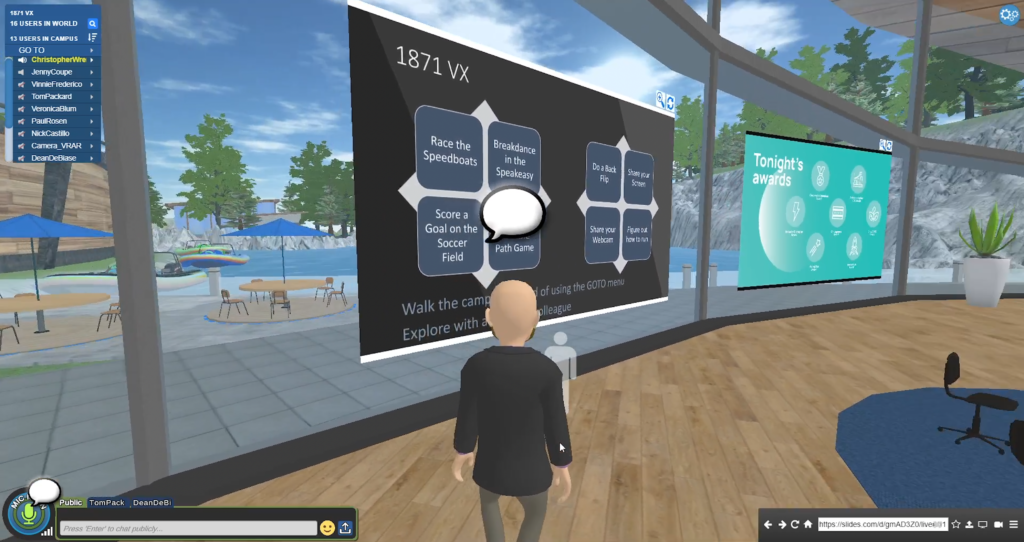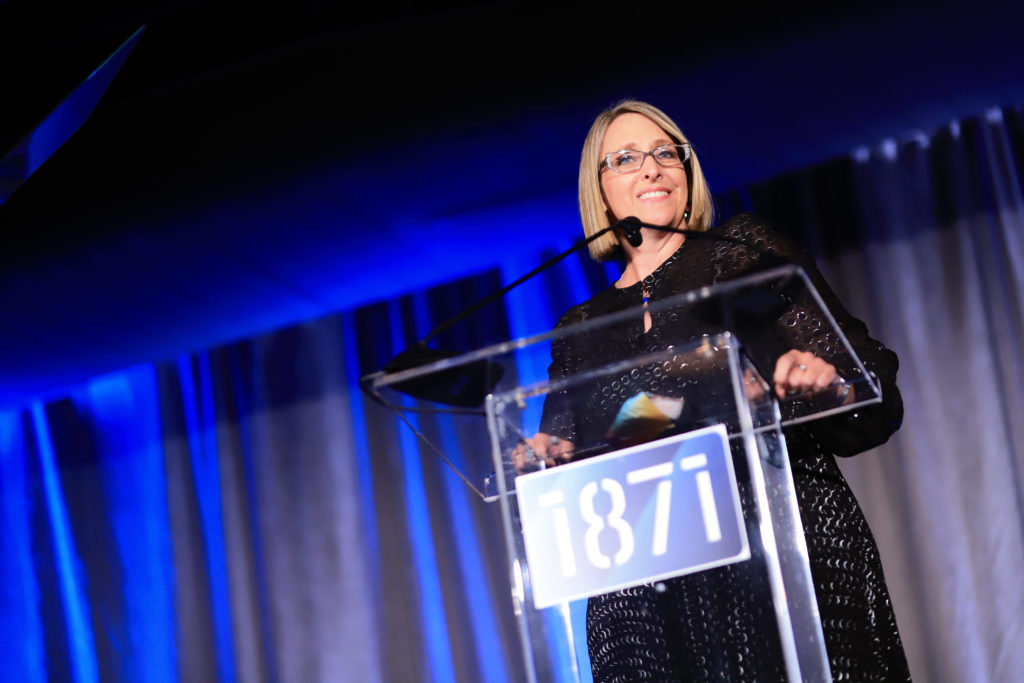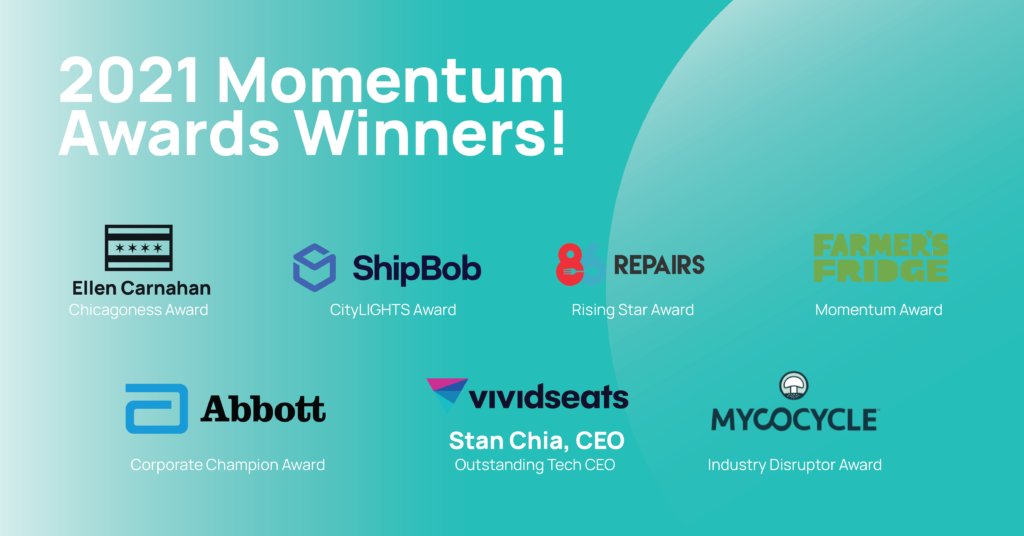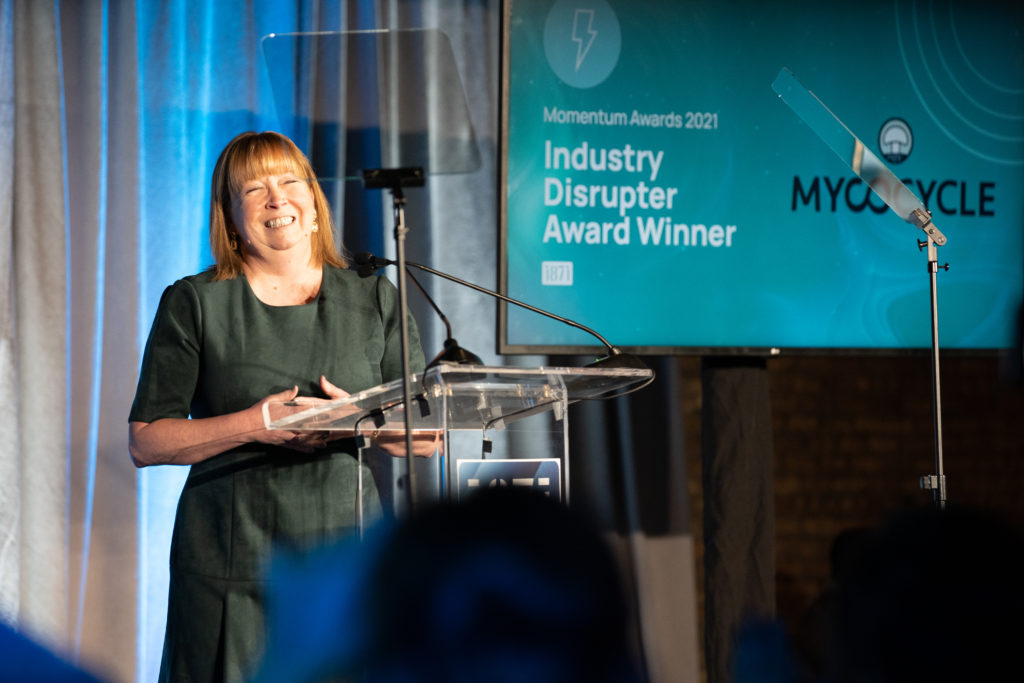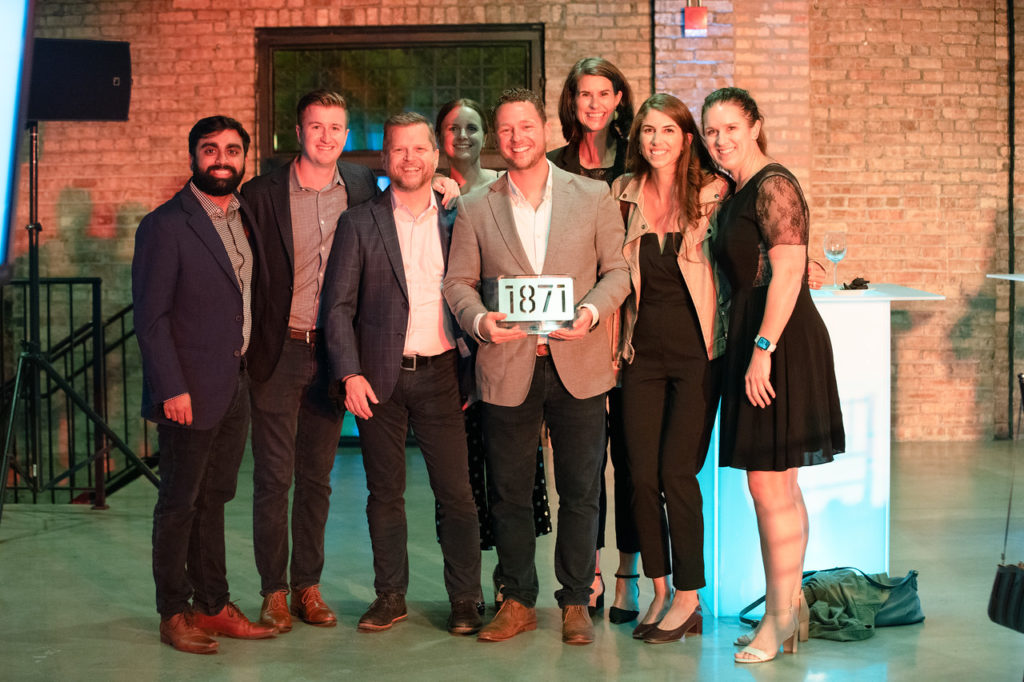We have been talking about digital transformation and branch transformation for the better part of the last decade. Until recently, both have been happening at most institutions, but at a much slower pace than many customers would like – especially digital. However, as COVID-19 locked the world down, digital banking solutions shifted into hyperdrive, fast forwarding projects and implementations by years in many cases. Now, as things slowly start to reopen, banks and credit unions are looking at their branch networks, scratching their heads unsure of what to do.
BUILDING OR CLOSING?
Year after year, we hear about banks and credit unions closing branches to minimize costs, optimize operations and focus on digital, which is where a majority of transactions are taking place. That said, since the pandemic first flared in March 2020, over 700 banks have opened more than 1,500 branches in 300 different markets. Yes, several thousand closed, but the net was a loss of less than 2% of total branches.
Why does it matter?
Financial institutions, and more importantly customers, still see the importance of the branch. But for what? While digital adoption has increased and a majority of deposits are made via an ATM or digital channel, users still want access to branches. The type of transactions that take place at branches really depends on the individual location. The common factor, however, is the people who are staffing the branch. Regardless of how many branches each bank brand opens or closes, the single most important factor for each one is ensuring the right people are staffing them and that all associates are prepared to appropriately serve customers.
THE SHIFT FROM TRANSACTIONS TO ADVICE
Over two-thirds of Americans are financially unhealthy and millions face extreme financial hardships. For banks and credit unions, this should signal a great opportunity, especially those with physical locations. According to J.D Power research, 47% of the people are at least somewhat interested in receiving advice and guidance from their banks. So, I ask: is your branch staff equipped to provide that advice?
If they’re staffed as most branches historically have been, likely not.
As your financial institution looks at its branch footprint and analyzes whether it should be opening, closing, or repurposing, the first thing to consider is how you are serving those customers. Look at the transactional data for each branch and identify gaps in training and coaching. Provide the necessary education so staff is best prepared to serve your customers in the way they now need and expect.
OPTIMIZING STAFF AT EACH LOCATION
The needs of customers are going to be different from region to region, city to city and many cases even neighborhood to neighborhood. Utilizing traditional staffing models and hiring bankers to work at single locations may be a thing of the past. As your bank or credit union looks at its branch footprint and analyzes transaction data, foot traffic, and more, it may be determined that bankers and tellers alike work multiple locations to optimize the makeup of the staff. One branch on the West side of town may see an increase in financial management traffic on Thursdays while the Northwest branch sees an increase on Mondays, and you may find only one or two people are properly trained to serve these customers. Understanding this level of granularity helps you coach more high-level tellers and bankers. It also justifies the use of digital features like multi-site scheduling that allow people to work at multiple locations to best serve customers.
THE TAKEAWAY
Most banks and credit unions have only touched the surface when it comes to branch transformation and digital transformation. The expectations of customers and the way they are served will continue to evolve. Regardless of their design, number, or technology utilization, the one constant for bank branches will always be the people who work in them. The financial institutions that best optimize and evolve their staffing models are the ones that will win the customer satisfaction battle and ultimately have the most long-term success with their branch networks.
Originally published here!

